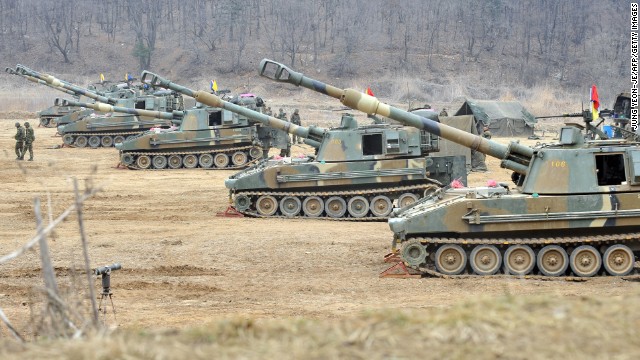
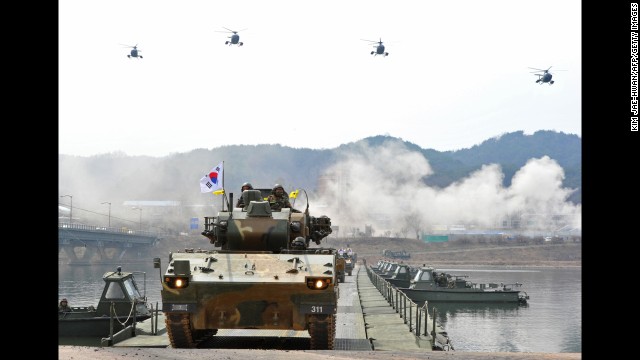
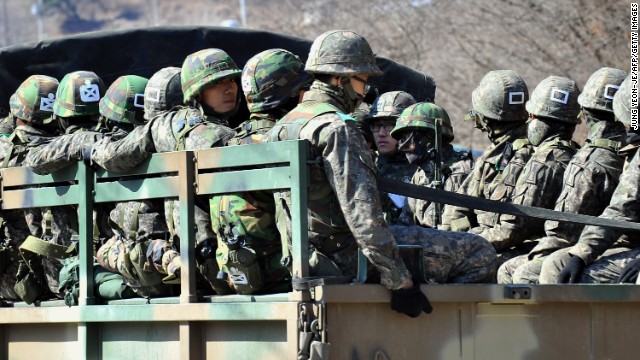
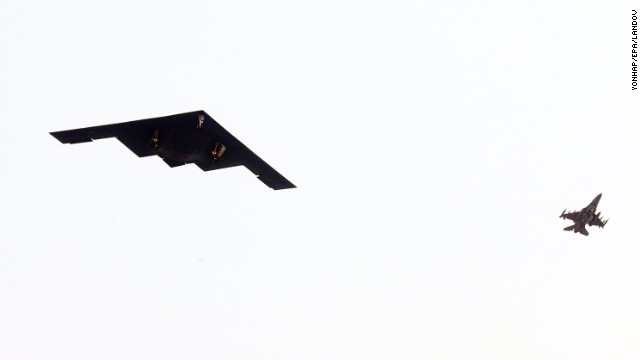
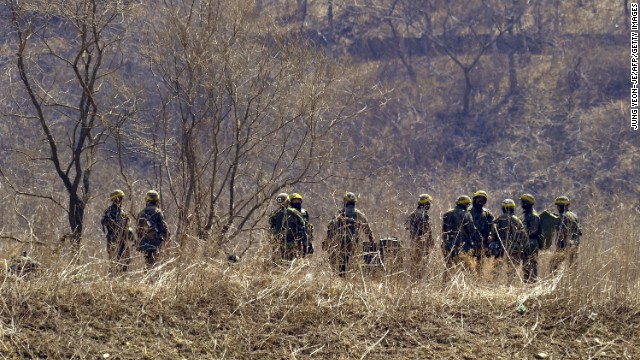
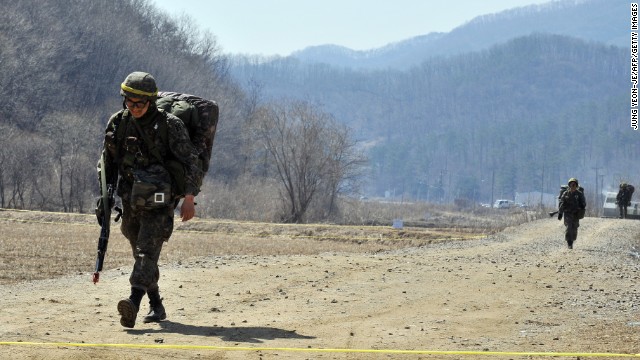
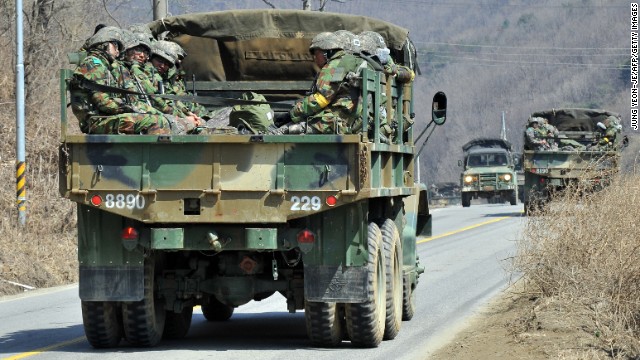
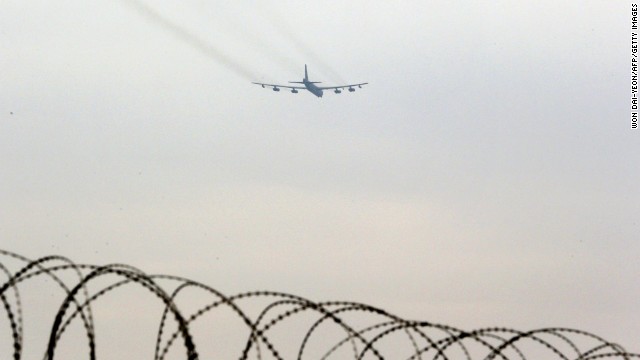
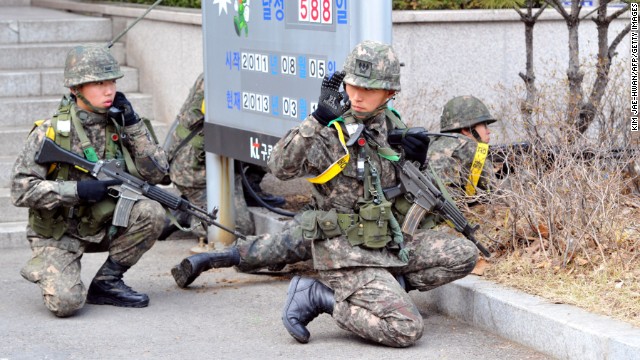
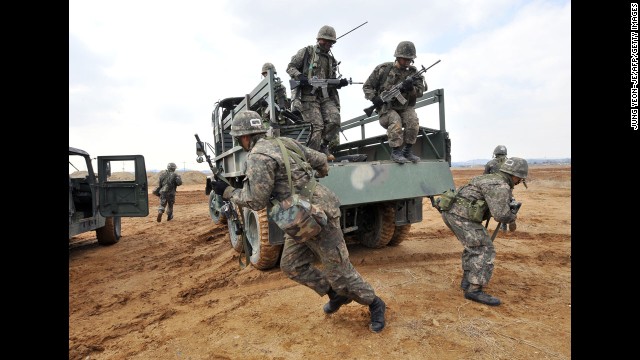
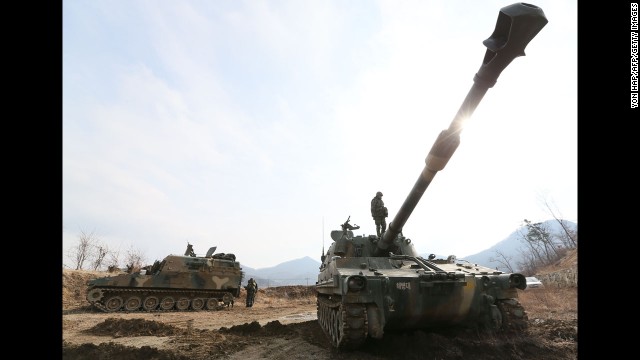
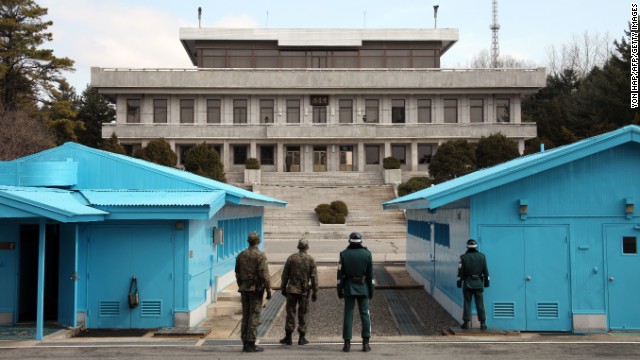
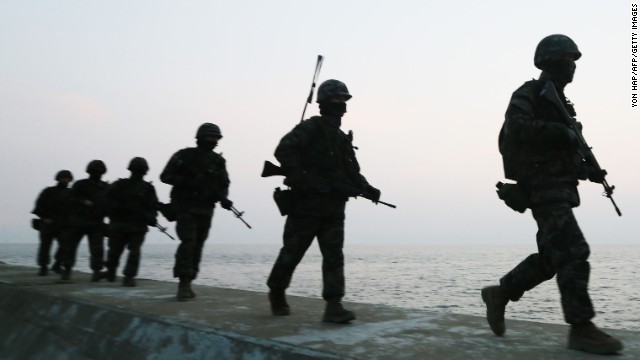
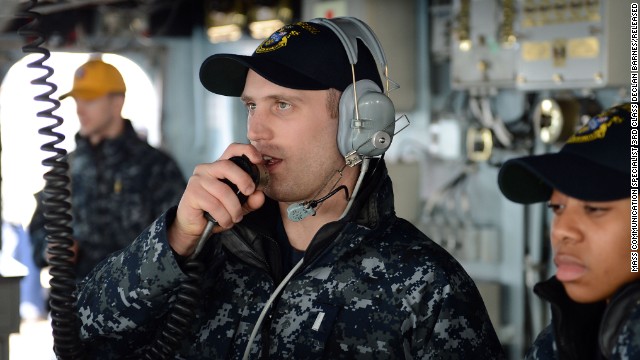
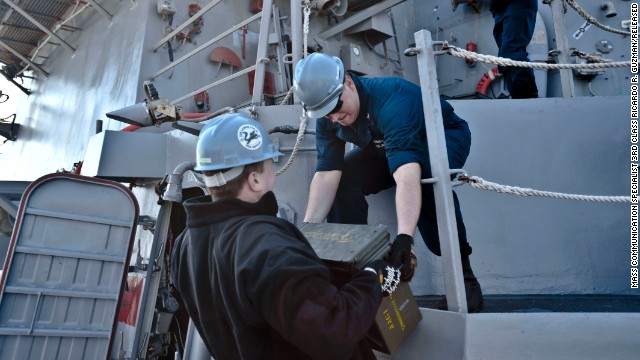
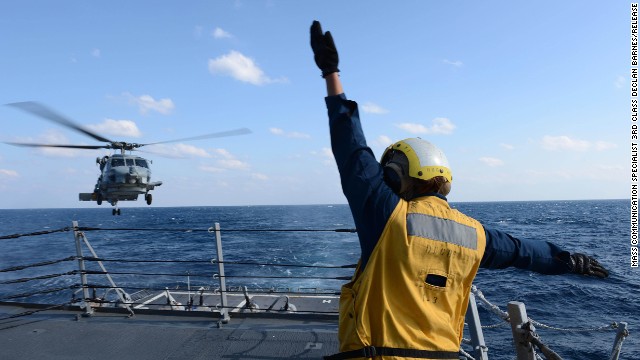
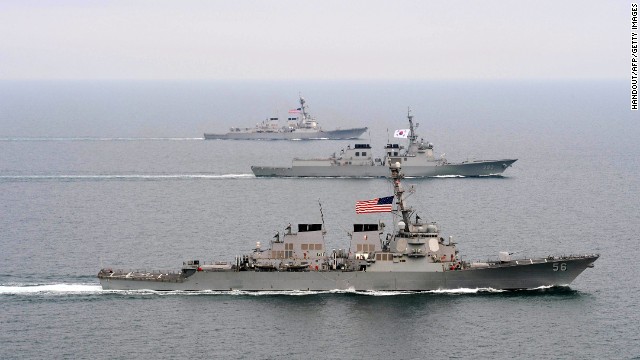
Editor's note: Stephan
Haggard is professor at the School of International Relations and
Pacific Studies at the University of California, San Diego. He is the
co-author of "Famine in North Korea" (2008) and "Witness to
Transformation: Refugee Insights into North Korea" (2011) and co-editor
with Marcus Noland of a blog about North Korea.
(CNN) -- March brought us a series of what pundits like to call "provocations" by North Korea. On closer inspection, Pyongyang has opted for rhetoric over actual military actions.
While Kim Jong Un's
pursuit of nuclear and missile capability remains worrisome, escalating
signals of resolve could suggest nervousness as much as strength.
So, is the regime in trouble?

Stephan Haggard
The first round of
saber-rattling came as the U.N. Security Council deliberated on a new
sanctions resolution after North Korea's satellite launch in December
and its third nuclear test in February. The Supreme Command of the
Korean People's Army, the Ministry of Foreign Affairs and a party organ
dealing with North-South relations began putting out public statements
in an effort to chip away at the institutions of the armistice, such as
military hot lines and the stationing of a North Korean military mission
in Panmunjom.
North Korea ultimately "withdrew" from the armistice, but it had done so
before and it is not clear what its recent statements actually mean.
The armistice is not a peace treaty, but merely a cease fire. The
armistice is stable not because of verbal commitments but because of the
deterrent capability of both sides.
Is anything really different as a result of this "re-withdrawal"? It doesn't seem like it.
Equally unfortunate was
North Korea's decision to renege on a number of North-South agreements,
such as a North-South agreement on the denuclearization of the
peninsula. But Pyongyang's pursuit of nuclear weapons had made this and a
number of other agreements moot in any case.
North Korea's bluster had little if any effect on the U.N. debate. If
anything, its threats may have been counterproductive. Although the
resolution was portrayed as the result of a U.S.-South Korean cabal,
China also signed on and the resolution was passed unanimously.
The measure opens the
door for tighter financial sanctions, and there is some preliminary
evidence that Beijing may be cooperating in tightening economic
exchanges with the country.
The next round of
statements came as North Korea and the United States and South Korea
entered an annual military training cycle. These periods are always
fraught with tension, as Pyongyang denounces the routine exercises as
provocative.
As the country
effectively mobilizes, the North Korean press is filled with pictures of
Kim Jong Un directing the troops in exercises, some of which were
reportedly manipulated with Photoshop to increase their effect.
As a result of these exercises, there is some background of what might be called "ritualized escalation" at work.
But North Korea did
possibly make one major misstep in arguing that it might undertake a
pre-emptive nuclear strike. Announcing an intention to pre-empt is
dangerous because even small tactical movements can be misinterpreted.
Needless to say, such statements have to be taken seriously, and, if
anything, the United States and South Korea may have over-reacted by
such a public display of force.
Furthermore, North
Korea's announcement of a major new ballistic missile defense
initiative, training runs by B52 and B2 bombers, and an updated US-ROK
Combined Counter-Provocation Plan, which has nuclear implications, are
worth keeping an eye on. In the last few days, the United States was
again quite public about its deployment of jet fighters to the
peninsula.
There is a larger game
at work here that probably centers on the difficult-to-read domestic
politics of North Korea. It is by no means assured that Kim Jong Un has
fully consolidated his authority. By ramping up rhetoric, but exercising
restraint with respect to actual military actions, the regime can count
on the fact that the United States and South Korea are not going to
take the first step either.
The result is that North
Korea's exercises and threats of retaliation have been successful in
deterring attack, even though none was coming. The regime can claim some
sort of victory in staring down American threats in its two big
political meetings this week, the timing of which suggest that some of
the rhetoric has been driven by domestic politics.
North Korea's nuclear
and missile programs constitute problems that the five parties in the
region—China, Japan, South Korea, Russia and the United States—need to
address through concerted action. But overheated rhetoric, however
disconcerting, is not the same as an intention to attack. Coolly
maintaining our deterrent and not over-reacting to hyperbole is the
proper course of action. With luck, the leadership will pivot away from
nuclear posturing toward economic reform, the main thing that the people
of North Korea really need.
Follow us on Twitter @CNNOpinion
Join us on Facebook/CNNOpinion
The opinions expressed in this commentary are solely those of Stephan Haggard.
 2:55 AM
2:55 AM
 specialshowtoday
specialshowtoday


 Posted in:
Posted in: 

0 comments:
Post a Comment